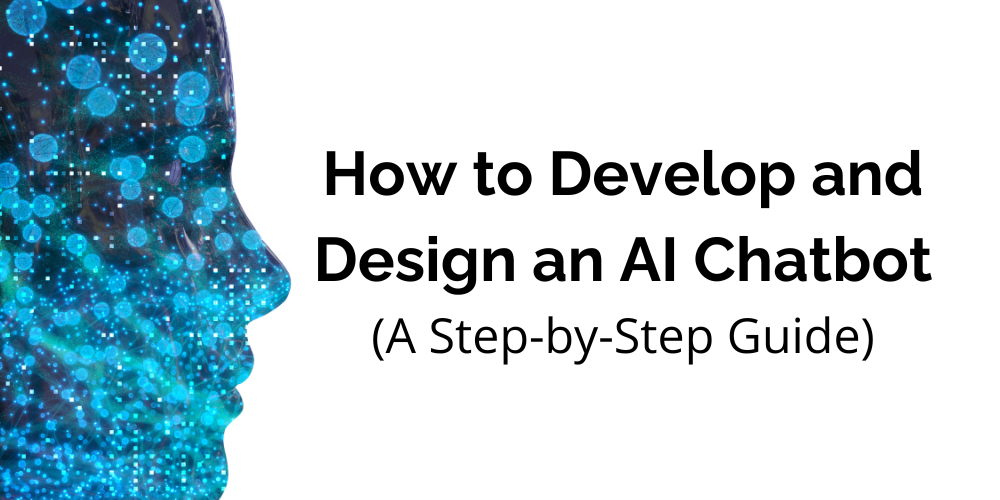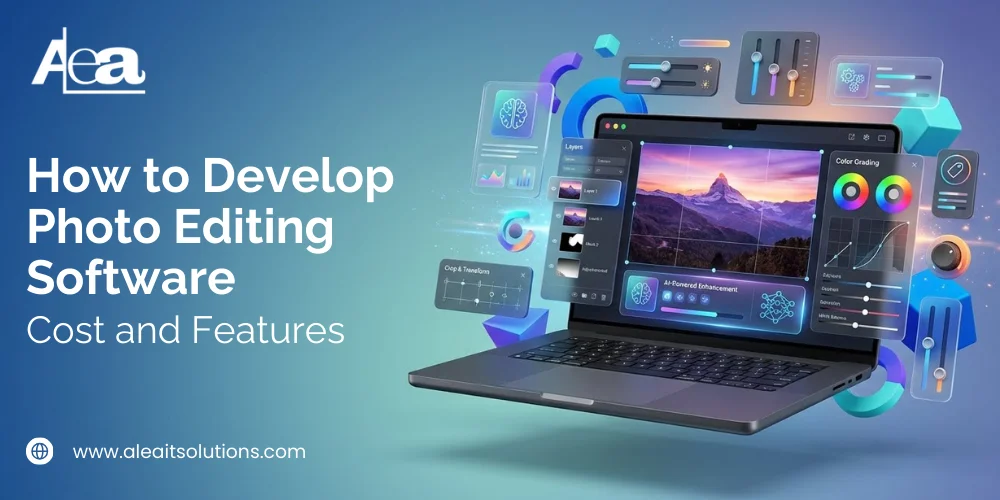Artificial Intelligence (AI) chatbots are becoming an integral part of modern businesses, which ranges from increasing customer service to improving operating efficiency. Whether you want to create a simple chatbot for basic functions or an advanced AI chatbot with natural language processing (NLP) capabilities, it is necessary to approach the development process with clear goals and appropriate planning. Here is a step-by-step guide how to develop and design a strong AI chatbot.
Step 1: Define Your Purpose and Goals
Before diving in development, it is important to define the main purpose of your chatbot. ask yourself:
- What problem will the chatbot solve?
- Who is your target audience?
- What kind of interaction will your users have with the bot?
Some general objectives for AI Chatbot include customer aid, sales assistance, lead generations, or even internal staff assistance. Defining your goals will help shape the design and functionality of your bot.
Step 2: Choose the Right Platform and Tools
Once you define the purpose of your chatbot, the next step is to choose the platform where your bot will work. Will it be on a website, messaging platform (such as Facebook Messenger, Slack, or WhatsApp), or will be integrated into an app? Additionally, it is important to select the right tool or platform for the construction of your chatbot. Some popular AI chatbot development platforms include:
- Dialogflow (Google’s NLP-based platform)
- Microsoft Bot Framework
- IBM Watson Assistant
- Rasa (an open-source framework)
- TARS (for simpler bots)
These platforms provide various features from pre-informed AI models to advanced adaptation options based on your requirements.
Step 3: Design Conversational Flow
Designing the conversion flow of the chatbot is one of the most important parts of the development process. Create a flowchart to map how users will interact with bots in different stages of conversation.
- Understand the intentions of the user: Think about the questions or types of requests made by users.
- Create a dialogue variants: Since people use different language styles, make the bot many response options for similar questions to make the bot feel more natural.
- Error handling: Includes the fallback message or redirect option in case the chatbot fails to understand a query.
This design process ensures that your bot can handle interaction effectively and give the right reactions.
Step 4: Develop the AI Model
Once the conversion flow is mapped, the time has come to develop the AI model. Most chatbot users use natural language processing (NLP) and machine learning (ML) algorithms to understand input and generate relevant reactions.
- Train your AI model: It is important to use the correct dataset. You will need to collect training data that reflects the diversity of questions facing your chatbot. The more data you have, the better the bot that will understand the natural language.
- Use pre-informed models: Many platforms such as Dialogflow and IBM Watson provide pre-informed NLP models that can speed up training process and improve chatbot performance.
- Do continuously improve: Once your chatbot goes live, monitor how it interacts with users. Feed customer data to improve your understanding and accuracy over time.
Step 5: Integrate APIs and External Data Sources
To take action beyond basic interaction for a chatbot, it will require access to external data or system. For example, a shopping assistant bot may need to draw the product information from the database or interact with the payment gateway.
- API Integration: Use API to enable your company to interact with database or other external services.
- Third-party service: Some chatbots require third-party services for tasks such as payment processing, shipping updates, or retrieving individual customer data.
Step 6: Test Your Chatbot
Before launching your AI Chatbot, completely testing is necessary. The bot should be tested in various scenarios to ensure that it handles a variety of user input, including:
- Conversational Tests: Ensure the chatbot can handle different languages, tones, and slang.
- Edge Case Handling: Check how the bot responds to unusual inputs, typos, or unclear requests.
- System Performance: Monitor the chatbot’s load performance, especially if it will handle a large volume of users.
Conduct user tests with real people to catch any missing issues in the arguments or reactions of chatbot.
Step 7: Deploy and Monitor
Once the chatbot test passes the test, you can deploy it on your favorite platform. After deployment, keep an eye on the performance matrix like:
- User engagement rates
- Response accuracy
- Resolution times
- Drop-off points in conversations
By using this data, you can continuously improve, ensure that your chatbot remains efficient and fulfill the expectations of the user.
Step 8: Regularly Update and Improve
The AI chatbot landscape always develops, so it is important to keep your chatbot updated. By adding new features, improving the understanding of the AI model, and expanding the abilities of the chatbot, you make sure that your chatbot remains relevant and effective.
Conclusion
Developing AI Chatbot involves careful planning, design and technical expertise. By following these steps, you can create a chatbot that not only enhances user experience, but also effectively supports your business goals.
For businesses seeking specialist guidance in chatbot development, partnership with a professional AI development company such as Elite Solutions can make all differences. With years of experience in building state-of-the-art AI solutions, Aleait solutions can help you design and deploy a chatbot to suit your specific needs. Learn more about Aleait Solutions’ AI services.
FAQs
- How long does it take to develop a chatbot?
The time to develop a chatbot depends on its complexity. A simple chatbot may take a few weeks, while a more advanced AI chatbot can take several months to develop and properly. - What’s the difference between rule-based chatbots and AI chatbots?
Rules-based chatbots follow the rules made pre-programmed and cannot understand complex questions. On the other hand, AI chatbots use machine learning and natural language processing to understand the intentions of the user and to respond accordingly. - Can AI chatbots handle multiple languages?
Yes, AI chatbots can be programmed to handle many languages, but they will require adequate training data for each language to ensure accuracy. - Do AI chatbots require continuous updates?
Yes, to remain accurate and responsible, AI chatbots require regular updates and retraining based on user data and need to develop business requirements.




